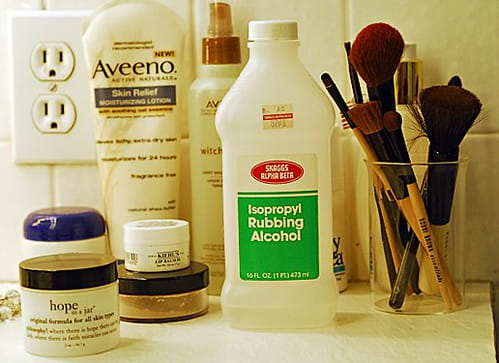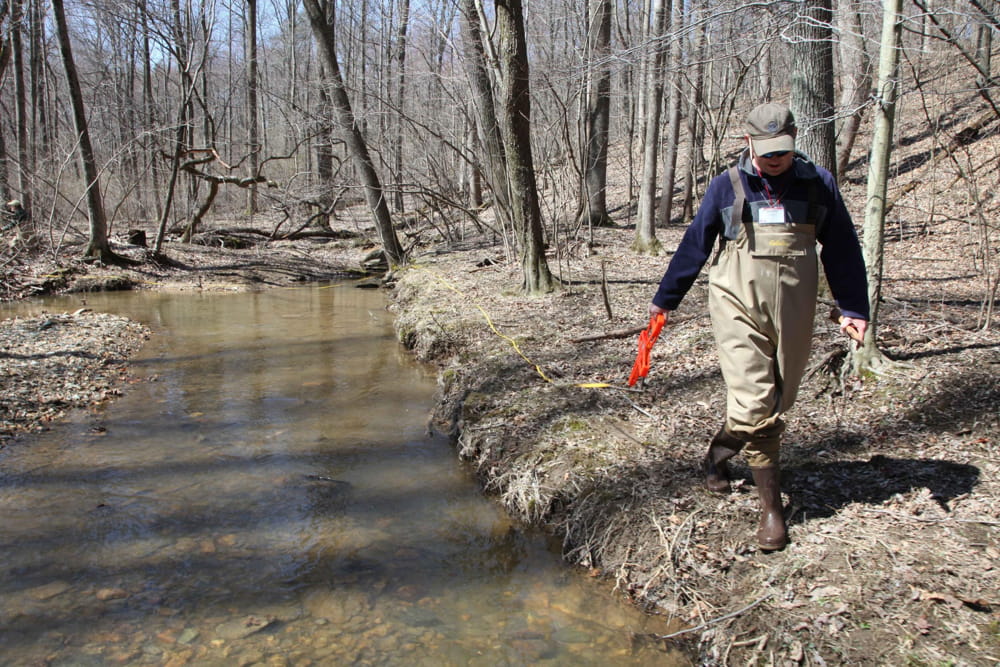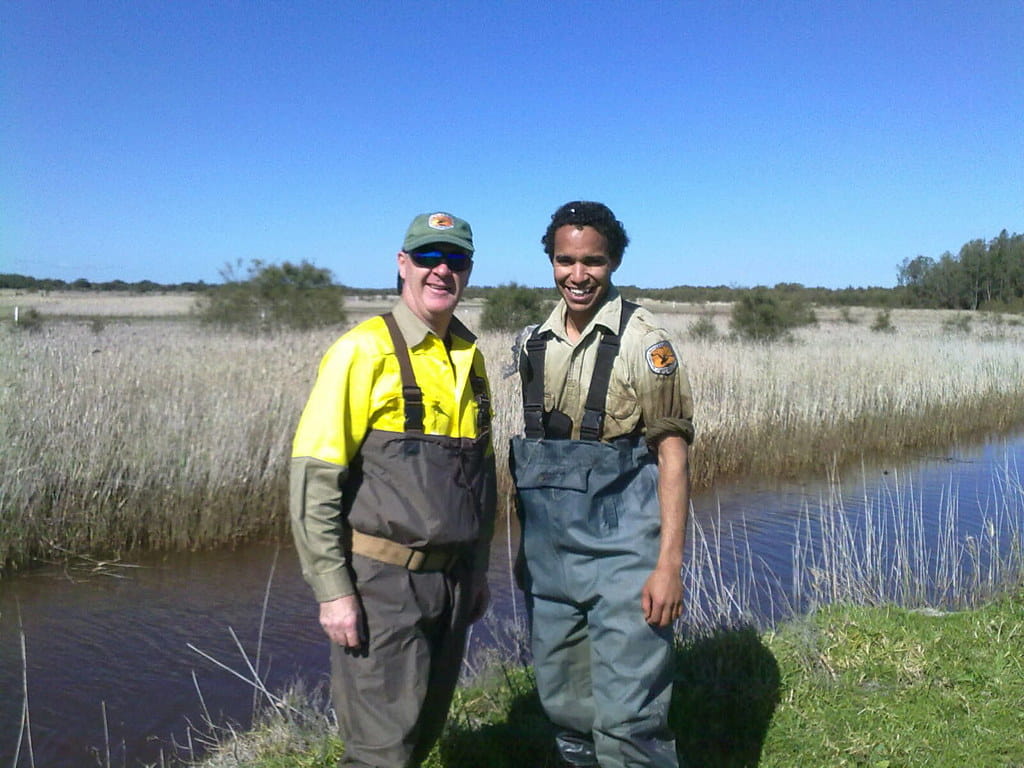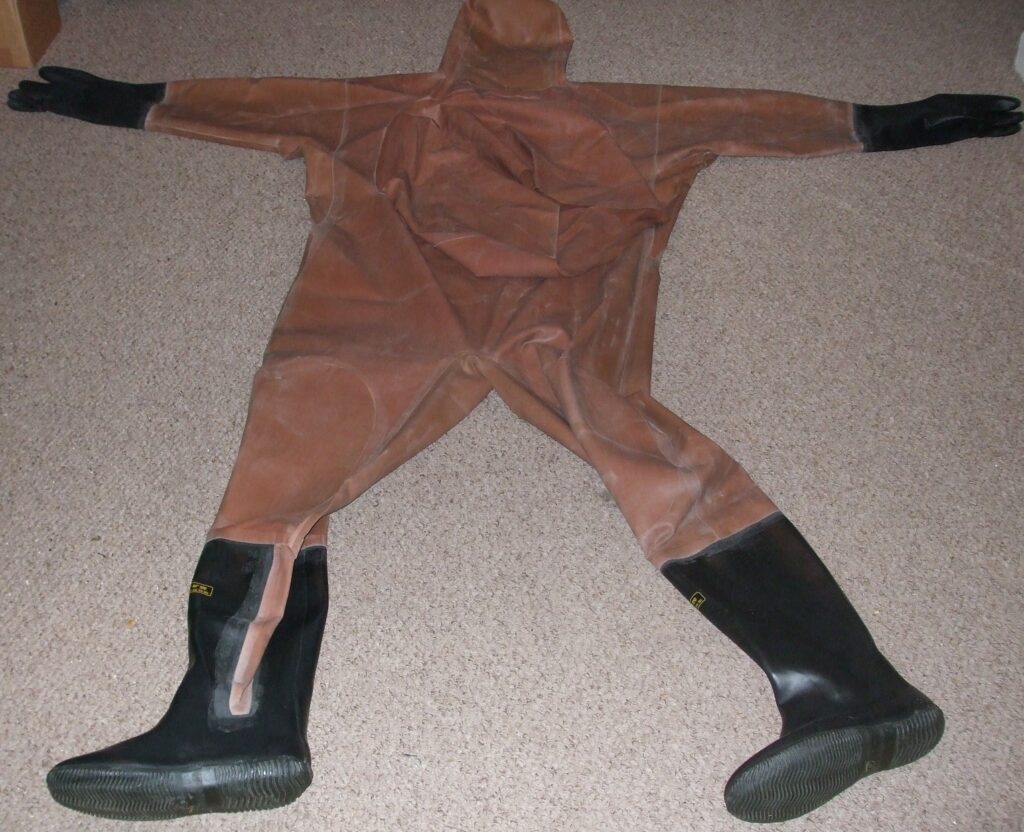Neoprene waders help you stay cool and dry during a hard fishing day. However, when they have leaks, their waterproof capacity becomes meaningless.
How to find a leak in neoprene waders? What are the best remedies for the leaks? Don’t freak out when you feel water seeping into your skin.
Our guide will help you identify the affected areas and seal them properly.
Now, scroll down to discover more!
How To Find A Leak In Neoprene Waders?
Neoprene boots are robust on the outside and have insulating features that make you feel comfortable on the inside.
Unfortunately, when you notice water leaking inside, neoprene fails to accomplish its task.
There are three methods to find the leaks. Remember to mark them and fix them immediately.
Swimming pool
The easiest method to check if your neoprene waders have leaks is to soak them in the water. Try placing them in the swimming pool and finding areas where water can leak in.
Rubbing alcohol
If you don’t like the idea of soaking, you can check your wading outfits for leakages with rubbing alcohol and a cotton swab.
Turn your garments inside out and use rubbing alcohol on any suspected areas.
They may be zippers and parts that are prone to abrasions, such as the knees, calves, and ankles.
Apply the rubbing alcohol to those areas with a cotton swab or a small rag. You can also spray the liquid.
Since the solution evaporates quickly, the dark pinholes emerge clearly on the fabric.

Painter’s tape
Here is how to use painter’s tape to find leaks in your waders:
- Tear a couple of squares from the painter’s tape and have them at hand.
- Make your room as dark as possible by turning off the lights.
- Place a small light inside your waders and push the beam tip against the fabric along with the probable leaking spots.
- If there are any holes, you can see the light.
Once you’ve located the leaks, mark them with a tip marker. Then, move to the fixing steps.
How To Fix A Leak In Neoprene Waders?
The key to solving this problem is the sealant. Thankfully, you can find many neoprene sealant products in your local retail store.
Plasti Dip
Plasti Dip is a fluid rubber that cures and solidifies to provide a tough, flexible rubber covering on an object.
It’s also one of the “magic items” that people use for various unexpected uses, including hand weights, skateboards, vehicle wheels, and even cars.
Flip the waders and turn them inside out. Then put on your gloves and mask, take a foam brush, and open the Plasti Dip can.
Simply dip the paintbrush in Plasti Dip and apply it to the affected area, pressing the sealant into the holes as you go.
Dab and press the seams from the shoe tops to the waist and back down again, then flatten with the foam brush.
Place the boots on your drying surface with care and allow them to cure for at least one night.
Remember to close the lid on the Plasti Dip. Otherwise, it will solidify.

Aquaseal
Aquaseal is a popular solution for fixing holes in fishing wader fabric.
If used correctly, it can seal the leaks permanently and securely. Another benefit of this remedy is its low cost and accessibility.
To cure a small leak, apply Aquaseal or other selected sealant in a thin layer over the afflicted area. Make sure to distribute the glue gently around the punctures so it can adhere to the neoprene.
Repeat this process for all of the leaks you detected and highlight them with a tip marker.
Turn the waders inside-out and allow them to dry once you’ve fixed all of the leaks on the inside. However, do not hang them from the suspenders because they will stretch out and lose their form over time.
The curing time should be around 12 to 24 hours to achieve the best result.

How To Repurpose Old Waders?
If the holes are too big, you can’t use your waders anymore. Here are some tips for preparing old and leaked waders.
Socks
You can trim the feet off for neoprene socks to wear between wading boots and waders, or even without the waders.
Bag
Your neoprene waders have another layer right at the knees. You can cut this layer out and use it as a protective bag for your phone or camera while fishing.
Some waders also have a pocket. Cutting it out is a great idea to have your second protective bag. You can add a zipper to make the bag more convenient and secure.
Box liners
If you want to reduce the noise and avoid scuffing the lure, you can line your trays with a drift boat made of aluminum. Then, glue them to the lead and tackle’s bottom to keep them from moving around.
Belt
Cutting the fabric into strips to make straps is the most flexible application. You can use the tab from a coke can and insert both tips of the strap through the tab.
By pulling the ends of the band apart, you can see how difficult it is to release the tab. Meanwhile, you can easily adjust the tab in the opposite direction.
Straps
Nylon shoulder straps are common on fishing waders. Thread the back sides of those straps together, and you will have a wading belt.

Frequently Asked Questions
Q: What do you use to seal neoprene waders?
There are a lot of sealant solutions to choose from. We highly recommend Aquaseal and Plasti Dip because of their long-term effect and ease of use.
Q: Can neoprene be patched?
Yes. As long as the patches are secure, tight, and durable enough, neoprene can recover its condition.
Q: Can you iron patches on neoprene?
Yes. The heat from the iron can stick the patch to your neoprene. Yet, be careful not to expose the fabric to extreme heat, or it will deform.
Q: Can you heat seal neoprene?
Some patches or sealants require you to apply some heat. Check the sealant and neoprene instructions before heating them to see how hot they can get.
Conclusion
You can find leaks on your waders by soaking them, spraying rubbing alcohol, and using painter’s tape. Once you’ve spotted the holes, seal them properly with the sealant.
Hopefully, you will find this article helpful. For any further information, please feel free to ask. Thank you for reading!
